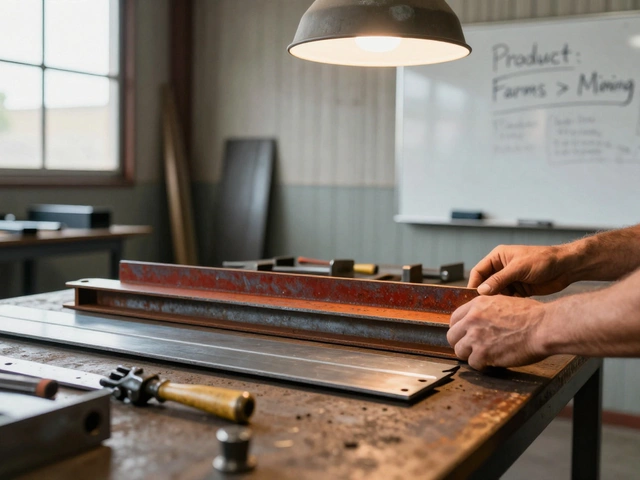Measurement in Manufacturing: Practical Tools and Simple Tips
When you run a factory, every millimetre counts. A tiny error can mean a delayed launch or a costly scrap pile. That’s why getting measurement right is more than a checkbox—it’s the backbone of quality, efficiency, and customer trust.
In this guide we’ll walk through the basics you need on the shop floor, show you how to pick the right tool for the job, and share a few trends that are reshaping how Indian manufacturers measure today.
Everyday Tools You Can’t Do Without
Start with the staples: a caliper, a micrometer, and a steel ruler. A digital caliper gives you quick read‑outs down to 0.01 mm and stores data for easy logging. Micrometers are perfect for tight tolerances on shafts or bore sizes. If you’re dealing with large parts, a tape‑measure or laser distance meter saves time and reduces human error.
Don’t forget a height gauge for vertical checks and a surface plate for flatness. These low‑cost items are the workhorses of most small to mid‑size plants. Keep them clean, calibrated, and stored in a dust‑free cabinet – a neglected tool is a hidden source of variation.
Why Calibration Matters (And How to Keep It Simple)
Even the best tool will drift over time. Schedule a calibration check at least twice a year, or more if your environment is hot, humid, or vibration‑heavy. Many local labs in India offer quick turnaround at a reasonable price. If a full lab isn’t feasible, use a calibrated block or gauge‑ron to do a spot check before a critical batch.
Document every calibration. A simple spreadsheet with date, next due date, and any adjustments keeps you audit‑ready and helps you spot patterns before they become problems.
Beyond the basics, new tech is making measurement faster and smarter. Coordinate measuring machines (CMM) connect to CAD files, giving you instant feedback on part geometry. For high‑volume lines, laser scanners and vision systems catch defects in real‑time, feeding data straight to the control system.
These advanced solutions might sound pricey, but many Indian manufacturers are leasing equipment or partnering with service providers to spread the cost. The ROI shows up quickly in reduced scrap and shorter rework cycles.
Remember, measurement isn’t just about the tool – it’s about the process. Train operators on proper handling, enforce a clean‑room mindset for high‑precision work, and involve engineers in setting realistic tolerance stacks.
By keeping tools sharp, calibrations current, and data flowing, you turn measurement from a chore into a competitive advantage. Whether you’re a small workshop or a large plant, these steps help you hit the right numbers every time.
Understanding the 5 M's of Manufacturing: Key Elements for Success
Get the inside track on the 5 M's of manufacturing—Man, Machine, Material, Method, Measurement—and learn how they shape every production line's quality and output.
Read More




